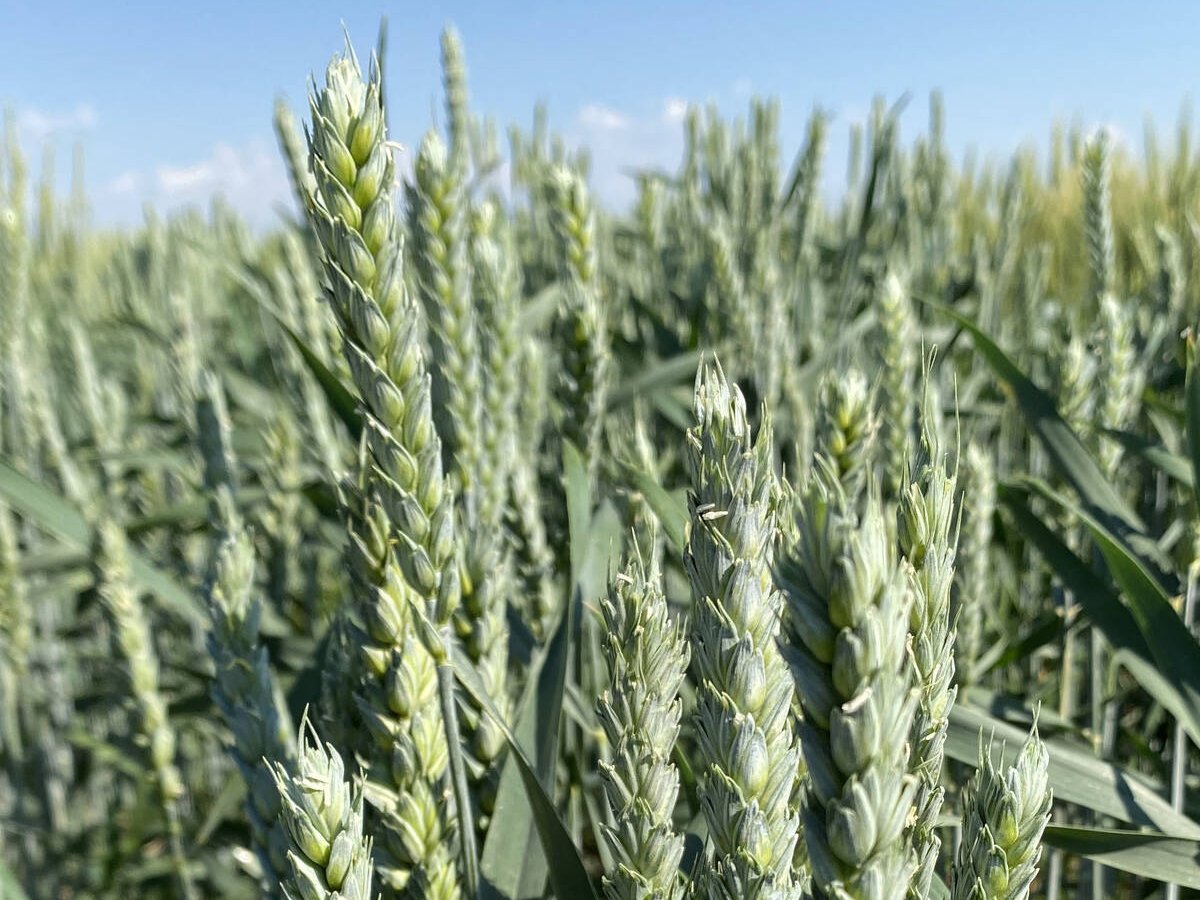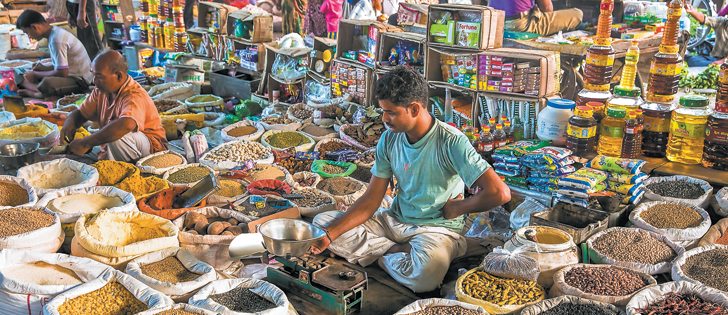India’s growing population has prompted the government to increase research into high yielding varieties
Sean Pratt reports from the Global Pulse Convention in Cesme, Turkey, about what is driving pulse markets
CESME, Turkey — India’s pulse demand will continue to grow at a frenetic pace, according to newly released estimates from the Indian government.
The trend increases the pressure on India’s government to expand domestic production but it also will likely create new opportunities for pulse exporters such as Canada.
Total annual consumption will reach 24 million tonnes by 2020, up from 22 million tonnes in 2015.
However, that’s just the start of the growth trend. Consumption is expected to reach 30 million tonnes by 2030 and 39 million tonnes by 2050, based on a population estimate of 1.69 billion.
Read Also

Discovery promises big wheat yield gain
University of Maryland researchers have discovered a gene that produces three grains per wheat floret instead of the usual one.
Shri Avinash Srivastava, secretary of India’s ministry of food processing industries, told delegates attending the 2016 Global Pulse Convention that India has a lot of work to do.
“We need to produce more in our country,” he said.
Most Indians are vegetarians. The World Health Organization says a vegetarian diet requires 70 grams of pulses a day, but India has enough pulses to provide only 37 grams.
India produces 24 percent of the world’s pulses, including 55 percent of its chickpeas and 63 percent of its pigeon peas.
Farmers harvested 17.2 million tonnes of pulses in 2014-15, but that isn’t nearly enough to meet demand. A growing gap between consumption and production is being met by imports.
India imported 4.64 million tonnes of pulses in 2014-15, which is double the amount it imported five years ago.
Srivastava said the pulse industry faces a myriad of challenges starting with the lack of high-yielding varieties.
Wheat yields have increased 460 percent since the 1950s and rice yields by 400 percent, but pulse yields have lagged with a 170 percent increase.
Half of India’s crops are irrigated, but only 16 percent of pulses, so the crop is mostly dependent on monsoon rains, which have been spotty the last couple of years.
There is little government procurement of pulses compared to wheat and rice and too many intermediaries between the farmer and the consumer, which results in lower prices for farmers and higher prices for consumers.
The government bans pulse exports except for kabuli chickpeas and organic pulses, which is another disincentive for growing the crop.
Srivastava said pulse crops are more prone to pest attacks than cereal crops, and farmers do not invest adequately in inputs.
Those factors have created a significant shortfall that is driving up the price of the staple food ingredient for many of the country’s poor.
“Last year there was an unprecedented rise in the prices of pulses,” he said.
The government responded by developing initiatives designed to boost pulse production and keep food price inflation in check.
Many traders are not pleased with India’s market-distorting policies.
The government has increased its financial allocation for pulse research, reduced crop insurance premiums payable by farmers and is providing a soil health card for every farmer to assist in determining their fertilization requirements.
It has increased minimum support prices for 2016 kharif pulse crops by 6.4 to 9.2 percent over last year.
It is starting to build a government stockpile of pulses and is importing pulses and distributing them to the market in an effort to contain prices.
An online trading system has been established to connect farmers directly with traders to reduce the number of intermediaries.
As well, it is helping the country’s more than 14,000 largely outdated pulse mills build new plants or upgrade the old ones.
G. Chandrashekhar, a global agribusiness and commodity sector specialist, said the government’s policies have led to a slowdown in imports since the start of 2016.
“Traders have turned rather apprehensive about government policies and intervention,” he said.
That is causing a further tightening of supplies, which is the opposite of what the government wants.















